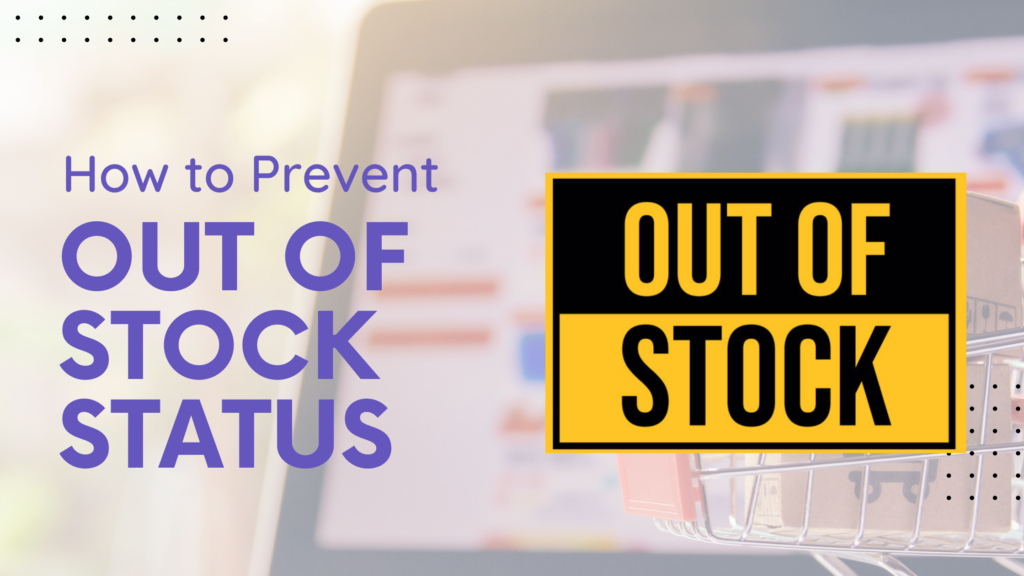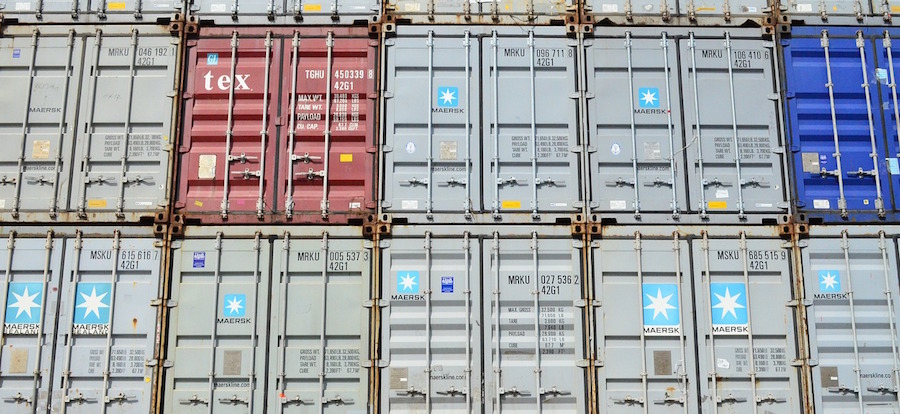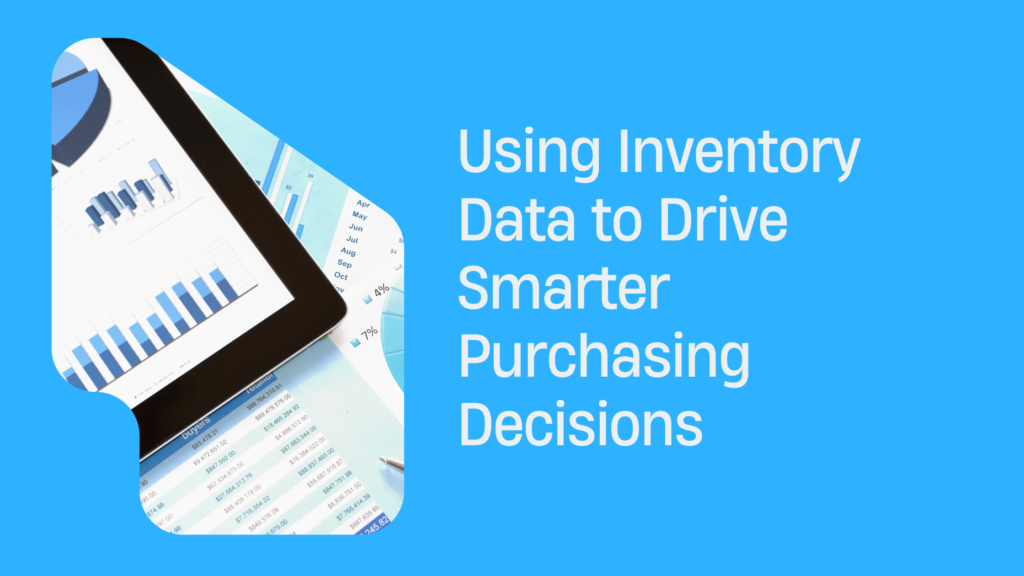How to Prevent Out of Stock Status
Stockouts are a major problem that both retailers and shoppers dread. Two terrible things happen when customers show up in hopes of a purchase, only to find out the product’s out-of-stock; you lose out on revenue and you harm customer relationships.
An out-of-stock status is a damaging occurrence for any business, regardless of whether it’s online or offline. There are a few common causes, but just as many remedies to preventing them.
A Foggy Forecast
Inaccurate, unclear sales forecasts can lead to stockouts. The worst part is, they sometimes need a fortune teller to predict. Plenty of unknowns abound — unexpected events, both external and within your own business, the overall economy, a spike in competition… many factors impact forecasts, many of which are out of your control.
That’s not to say they’re pointless. They’re a valuable baseline of what to expect if done correctly. There’s a ton of material, even software, out there to help you better forecast, but here are some of the basics:
History – Sales history is, above all else, the best indication of what to expect. Quarter over quarter or year over year, past performance and growth provide the best indication of future performance. As you sell over time, purchase patterns should reveal themselves.
Monitor the market – That said, your sales history should keep the present and future in mind as well. Keep tabs on your market’s trends, whether it’s your product’s market or ecommerce as a whole. Research potential disruptions, and pay close attention to the news.
General demand forecasts, like ones created by the National Retail Federation or Adobe, as well as updates from publications like Internet Retailer and eCommerceBytes will provide insights into what to expect, especially during tumultuous seasons like the holidays.
Understand your customer – Closely tied to sales history, consider your customer base’s purchasing habits. Are they receptive to certain promotions? Do they purchase more frequently during certain months? Where are most of them based? An understanding of their behavior and reactions will help you anticipate demand.
Marketing matters – We just touched on it briefly, but keep marketing into account as you forecast. If you have a killer sale running every month or so, keep it in mind. An extremely effective promotion to clear out your inventory, and although it might look great in the short-term sales numbers, it can hurt you in the long run.
Capital – When you purchase inventory to meet demand, you’ll need cash. And once it’s purchased, that cash is now tied up until the inventory is sold. Be completely aware of how much capital is on hand, because, in the event you need an unexpected re-stock, you’ll need some capital to buy the inventory.
One thing to point out – your forecast is hardly set in stone. Revisit it over time to ensure it’s on track, and, if something’s changed in the market, adjust it accordingly.
But sometimes the culprit of stockouts has less to do with unexpected, uncontrollable matters and more to do with poor operational control.
Management Errors
Sure, plenty of things out of your control can impact forecasts. But what’s in your control is how you run your business, and poor management can be to blame for inventory failures.
Before anything, it’s worth mentioning that organization is everything. Naturally, the more organized your inventory is, the easier it will be to track and maintain.
As for the tools, spreadsheets are good to start with. Beginning with your first inventory count, these spreadsheets will prove invaluable for tracking products, and they can typically be uploaded into sales or supplier channels, or downloaded from them. There are better solutions, though, which we’ll cover soon.
Here are a couple of basic practices to put in place as you manage inventory:
- Location, location, location – Much of this depends on how much inventory you’re dealing with, but designating specific spaces for certain products is important. For instance, your Rubber Ducky toys may be labeled in Aisle 3, Rack 4, and Shelf 2. Organizing your stock streamlines your own fulfillment, as it’s easier to pick, pack, and stock products. Plus, it should reduce the chance of errors.
- SKU management – Actually, let’s not call it a Rubber Ducky toy anymore. It’s actually SKU #57666. Product SKUs are big players when it comes to organization; these puppies are extremely useful for tracking inventory as it journeys from supplier to customer. Assigning SKUs to products is crucial, although, in most cases, an e-retailer won’t have control over SKU numbers — the product they buy from suppliers already comes with them.
The root problem with basic inventory management is the potential for human error. Constantly handling inventory count, balancing your spreadsheets after orders are made, logging into your sales channels to adjust quantities, rinse, and repeat… it presents many opportunities for human error.
Plus, it isn’t effective as you scale. Growth means larger and larger spreadsheets to juggle, more SKUs to manage, and more and more tedious tracking, counting, and updating of inventory.
Inventory Management Systems
At a certain point in time, multichannel inventory management systems become necessary. As e-retailers find themselves selling on several channels, from carts and marketplaces to point-of-sale solutions and social buy buttons, inventory is spread thin with orders coming from all directions.
And it’s not just about sales channels, it’s about suppliers as well. Growing e-retailers may find themselves diversifying their fulfillment models by working with different suppliers to expand their product catalog. They might have started off picking, packing, and shipping orders on their own, but scaling often means working with a third-party logistics provider (3PL) or a dropshipping supplier who’s tied to your inventory in some way.
When a small business gets into multichannel sales, it’s time for an inventory management system. Instead of subtracting quantities after fulfilling every sales channel’s orders, the channels will connect with the system for easy, hands-off communication.
Once channels are integrated, a merchant plugs in the current inventory quantity from those good ole spreadsheets, and communication begins. As orders come in through sales channels, the system adjusts inventory quantities and writes the new quantity back to the sales channels. On the supply side, it links with your 3PLs or suppliers for full visibility into inventory.
Some inventory tools are also equipped with purchase order features that allow a merchant to restock inventory by simply entering the purchase quantity and pressing “send” to alert the supplier.
Managing Mistakes
Let’s say a famous celebrity name drops you, causing a wave of consumers to flood your store, washing away all your products, and causing a stockout. You had no way to see it coming, and you were managing inventory fine, but now you’ve got some out-of-stock products.
It’s damage control time.
Transparency Trumps All
In the event that a product stocks out, put a fat red sign next to the listing that explicitly says “out-of-stock.” If you lead your site visitors on, getting them to gradually open their wallets only to disappoint, those wallets will likely shut for good.
To keep them cracked open, consider adding some sort of waitlist for the product, especially if it’s expensive and in truly high demand. The site visitor can input their email to be alerted of the product’s availability after a restock. They may or may not buy once it occurs, but, hey, at least you got the email of a formerly-interested visitor.
Marketing Blitz
After doing that, it’s time to wave something shinier in their face to distract them and set their attention on a different product. That means marketing. Like a flashbang grenade, drop a flash sale or a promotion on other products to divert customers’ attention while keeping them engaged and buying. Customers with that out-of-stock product in mind might not take the bait, but first-time visitors will at least have an opportunity to point in a different direction.
TLC
At the end of the day, a little customer service can go a long way. If you end up with irate site visitors, show some understanding, and pay them some personal attention to get in their good graces.
In fact, go a step further and pay them in the form of a mild discount or some other promotion. Remember, that customer was willing to spend — encouraging such behavior is always the aim.
Tips for Communicating with Customers
Effective communication with customers during out-of-stock situations is crucial to maintain their trust and satisfaction. Here are some tips to ensure clear and transparent communication:
Proactive communication about stock availability – Keep customers informed about stock availability through email notifications, website banners, or social media updates. Inform them about expected restocking dates and encourage them to sign up for notifications when the product becomes available again.
Providing alternative product recommendations – Offer alternative products that are similar or complementary to the out-of-stock item. This helps customers find suitable alternatives and prevents them from leaving empty-handed.
Offering discounts or incentives for delayed orders – To compensate for the inconvenience caused by the out-of-stock situation, consider offering discounts or incentives such as free shipping or future discounts on your next purchase.
Prompt updates on restocking timelines – Keep customers informed about restocking timelines by providing regular updates via email or on your website. This helps manage their expectations and reduces frustration.
By implementing these communication strategies, you can minimize the negative impact of out-of-stock situations and maintain positive relationships with your customers.
To Conclude
Preventing out-of-stock situations is paramount for both retailers and customers alike. It not only preserves revenue streams but also nurtures customer relationships. By proactively communicating stock availability, providing alternative recommendations, offering incentives for delayed orders, and updating customers on restocking timelines, businesses can mitigate the impact of stockouts.
Effective inventory management is key to ensuring seamless operations and customer satisfaction. Embrace these strategies to safeguard your business from the pitfalls of stockouts and prioritize inventory management for sustained success in the ecommerce landscape.




